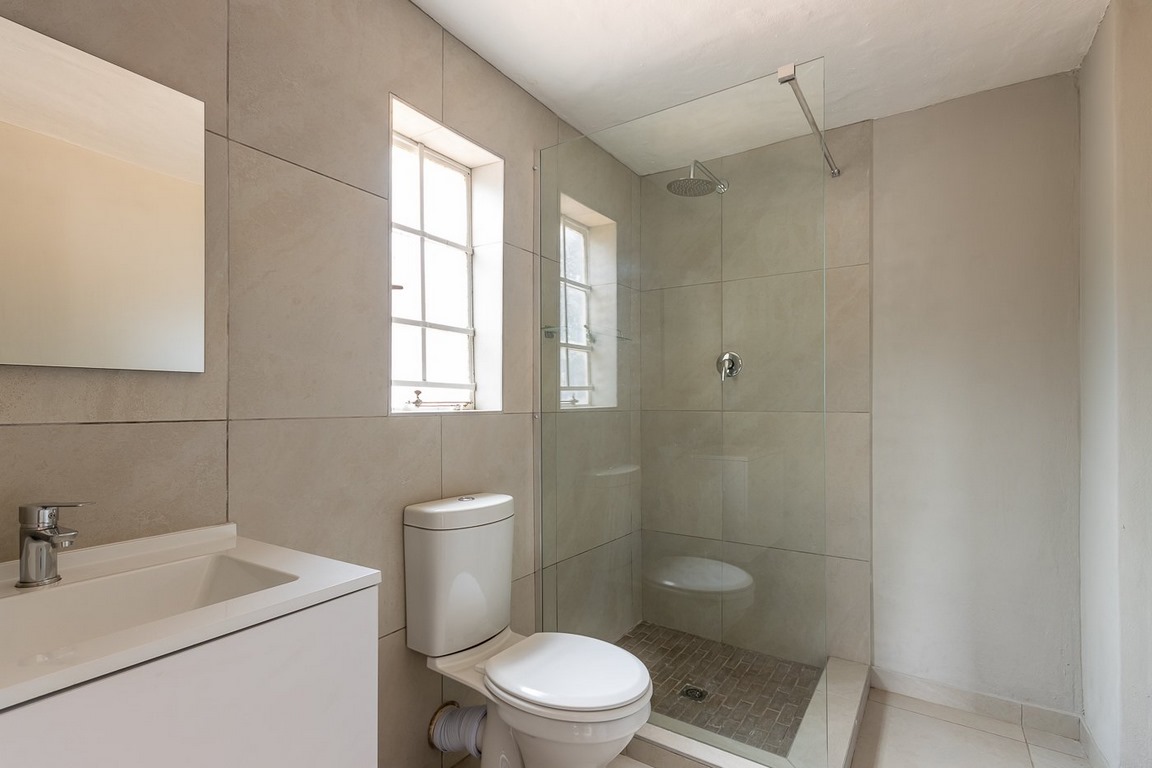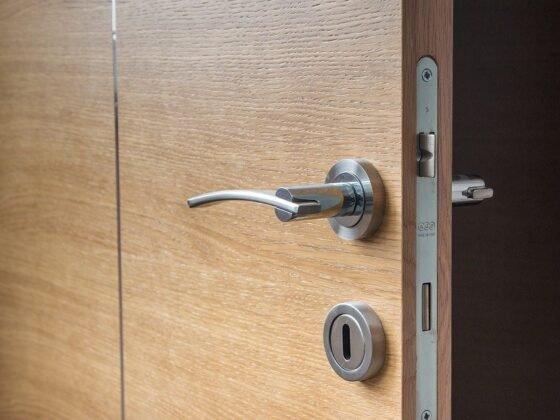Table of Contents Show
Nowadays, people are more concerned about cleanness and hygiene, mainly due to the numerous outbreaks.

Imagine walking into a washroom at your friend’s party, and after you’re done with your business, you must pull the flush handle every time to flush the toilet.
Now, think about how many users touched the flush handle before using the toilet. Is it safe anymore? Aren’t you worried about getting into contact with plenty of germs?
Fortunately, installing a self-flushing toilet can eliminate all these worries. But how does a self-flushing toilet work? A self-flushing toilet is an ideal option for your bathroom, and it aims to lower the risk of getting into contact with germs that lead to infections.
Perhaps, it’s one of the eco-friendly fixtures you need to install in your washroom.
What Are The Essential Parts of A Self-Flushing Toilet?
Here are the key components of a self-flushing toilet:
1. Infrared Detector
An Infrared detector is a photoelectric gadget that quantifies and senses the movement of people or objects around its environment. Thanks to William Herchel, the founder of Infrared radiation, this technology has become one of the essentials in manufacturing self-flushing toilets.
A self-flushing toilet features two components of an active infrared sensor. These include an LED emitter and an LED receiver.
Typically, the infrared sensor is attached to a metal faceplate or a plastic material at the top of the toilet’s cistern. For some toilets, the infrared sensor is connected inside the flushing valve.
Read Also:
2. Solenoid Valve
A solenoid valve is yet another crucial part of a self-flushing toilet. Its primary role is to close or open to control water flow into the toilet’s bowl. Upon receiving a signal from the infrared sensor, the solenoid valve activates or deactivates the flushing process.
The negative or positive signals from the infrared detector control the functioning of the solenoid valve. Overall, the polarity of signal radiations determines whether the valve engages a pull or push action.
The solenoid valve contains a fixed rubber-like disc that helps control water flow. Note that the absence of signal radiation implies that the solenoid valve remains closed but opens upon sensing a signal.
3. Power Supply
The power supply is also a crucial part of a self-flushing toilet. The prominent role of a power supply is to supply electric power to the electronic components of the self-flushing toilet. The power supply can either be an AC power source, Dc battery, or an integrated AC/DC power source.
4. Water-Resistant Connector Cables
Last but not least, water-resistant cables are vital in the functioning of self-flushing toilets.
These coated cables function as a bridge to link the infrared detector with the power source and the solenoid flush valve. Furthermore, the coated cables are necessary to control other electronic parts of the self-flushing toilet.
How Does A Self-Flushing Toilet Work?
Now that you know the essential parts of a self-flushing toilet, let’s delve into their function. First, the infrared LED detector senses signal radiation that results from the movement of a hand waved above the toilet.
Upon detection of the signal radiation, the signal gets transformed into a command message that directs the solenoid flushing valve to engage a pull or a push. Water then flows from the toilet tank to flush the bowl.
While it appears a bit innovative, the flushing technology principle has existed for some time.
It’s just in the recent days those self-flushing toilets have steadily gained popularity in the market. The good thing is that you’ll require to lift the cistern lid to flush the toilet manually if the sensor malfunctions.
Pros of Self-Flushing Toilets
Unlike standard flushing toilets, self-flushing toilets are touchless and reduce exposure to germs. It improves the quality of sanitation in your washroom and promotes a healthy lifestyle. Besides hygiene, self-flushing toilets offer the following advantages:
Water-conserving
When using a standard flushing toilet, you pull the flush handle too little or too much. This mixed pattern results in excess release of water than required. This can be a big blow to your expenditure budget at the end of the day.
In contrast, a self-flushing toilet is designed to save water. With a solenoid flushing valve, water dispersal from the toilet tank gets regulated.
Every time the infrared sensor detects motion, a regular water flow rate is established and switches off automatically after executing the flush.
The most impressive thing is that some self-flushing toilet models feature different water usage levels. Such a unique feature is more advantageous since it saves up to more than 65% of the water that a standard flushing toilet consumes in a day.
Luxury Washroom Experience
Self-flushing toilets improve your bathroom experience and make life easy.
With the innovative technology, self-flushing toilet models come with many extra luxury features, including a nightlight, a remote control, self-deodorizer, a heated seat, an air dryer, a slow-closing lid, and many other exciting features to explore.
Cons of Self-Flushing Toilets
Despite the self-flushing feature, you still need to clean up your toilet regularly to maintain its high quality. Please don’t dispose of your washroom cleaning equipment yet; you’ll still require it!
The extra luxury features make the self-flushing toilets more expensive than standard flushing toilets. To add to that, some self-flushing toilet models require special cleaning packages, adding more expenses!
Additionally, if the toilet seat or lid breaks, you must order a new replacement online, which might take much time before it’s delivered. Unfortunately, the spare parts are hardly available in the local stores.
Final Verdict
Maintaining high hygiene and sanitation standards in your bathroom is of much essence. There are many technological inventions in the current error, and toilets manufacturers aren’t left behind.
We hope this article has solved the mystery for you. If you want to buy the best self-flushing toilet, go through the online reviews to guide you in making the best decision.









